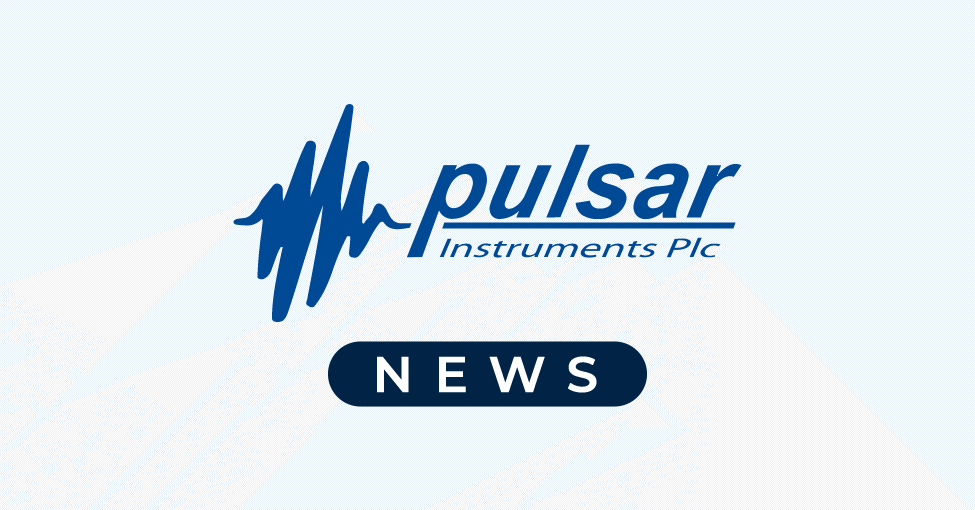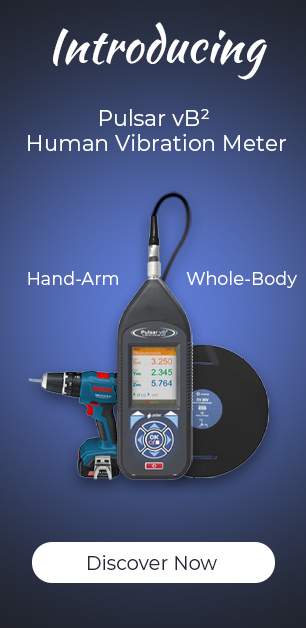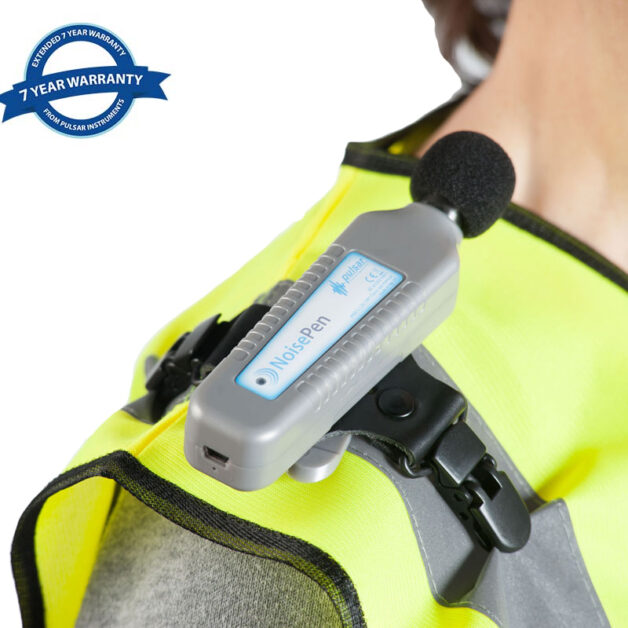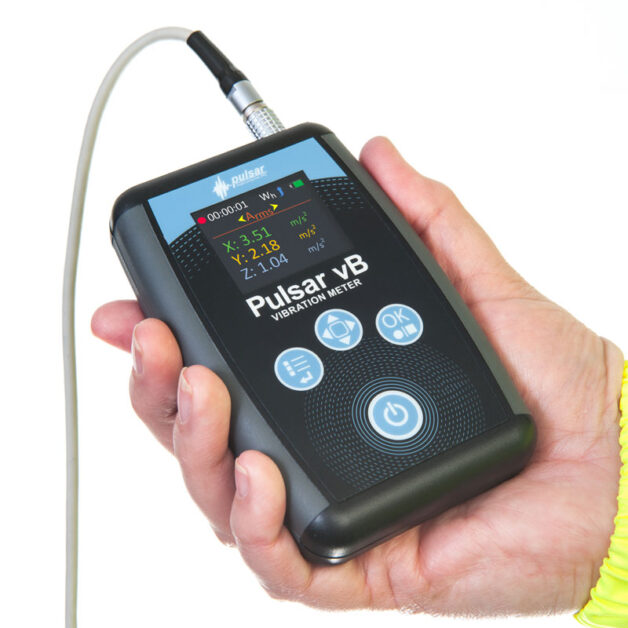Handling Noise in call centres and open offices: The Sound Investment
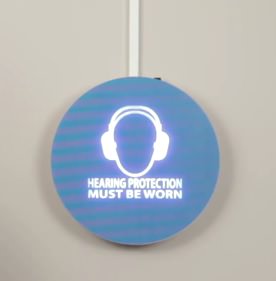
Call centres and open offices can offer great benefits in terms of ease of communication but they can also present hazards to health and safety. Noise in the office is a familiar problem for those who work in them – the incessant chatter of colleagues ruining your concentration; people shouting over you when you are trying to hold a conversation on the phone; perhaps even maintenance or building work going on next door. It’s irritating, it’s distracting, can be a source of stress and, worst of all, there’s generally not a lot you can do about it.
Or is there? While on an individual level you may not feel like telling your co-workers to be quiet over and over, there are other solutions that can be put in place that may be more effective in the long term. Firstly, legislation exists to control daily personal noise exposure levels to safeguard workers against the harmful effects of noise in the workplace. By taking an pro-active approach to noise management – or encouraging your organisation to do so – you could make your place of work a much more pleasant and safe environment and even help increase your company’s revenue as a result of improvement in productivity.
Steps to handle noise in call centres and open offices
Call centre managers, office managers or safety officers can follow these steps to control the noise in those types of workplaces.
- Assess the noise levels. If you are in a position to do so, ask your safety officer or an independent noise consultant to measure typical background noise levels in your call centre or open office using a compliant sound level meter. This will involve taking readings at different times and locations using a selection of employees, to find out the average noise levels and identify any significant patterns over a representative period of time.
- Use the data from the noise assessments to see if any simple changes can be made to control or minimise the noise levels. For example, if your workers go for lunch all at the same time and come back together, this could be distracting for anyone manning the phones at the time. Try staggering lunch breaks to reduce this effect. If the photocopier, scanner, shredder or printer are noisy, consider moving them away from workstations. To prevent long discussions at workstations, try and organise regular meetings in another room.
- Consider sound proofing technology. If you have the budget for it, a sound pod for example would be a good way to prevent noise from leaking out of a meeting room. Absorbent wall panels stop sound from reverberating to create a more peaceful and comfortable working environment. Don’t forget to consider noise from outside: for example, if you are based next to a busy main thoroughfare or near an industrial area, these will add to the high levels of noise.
- Raise awareness amongst colleagues to help control noise. While the noise might not be ear-splitting, it is suggested that hearing other people talking with callers or colleagues in call centres or open plan offices can reduce productivity by up to 66%. It can also elevate stress and even stimulate aggression in the worst of cases.
- Use a wall-mounted noise-activated warning system such as the PulsarSafeEar. This alert system, which is highly visible, illuminates and flashes a warning in real time when the noise levels become too loud, and the best part is that you get to choose what is meant by ‘too loud’ by adjusting its settings. A software programme can be added to the system to log the noise over a period of time and identify the noisier or loudest times of the working day.
We hope this article has given you a broad overview of the measures available to you to handle Noise in Call Centres and Open Offices. This is a quick summary, of course. Should you require clarification or you are not sure about any of the points covered in this blog, please contact us or ring us on 01723 518011 and we will be happy to guide you.
Download our FREE Employer’s guide: 5 Steps to Controlling workplace noise here for practical tips on the legislation.
Pulsar Instruments is a well-established and internationally recognised supplier of noise measuring instruments for use in noisy work environments, including the PulsarSafeEar noise-activated warning system.
